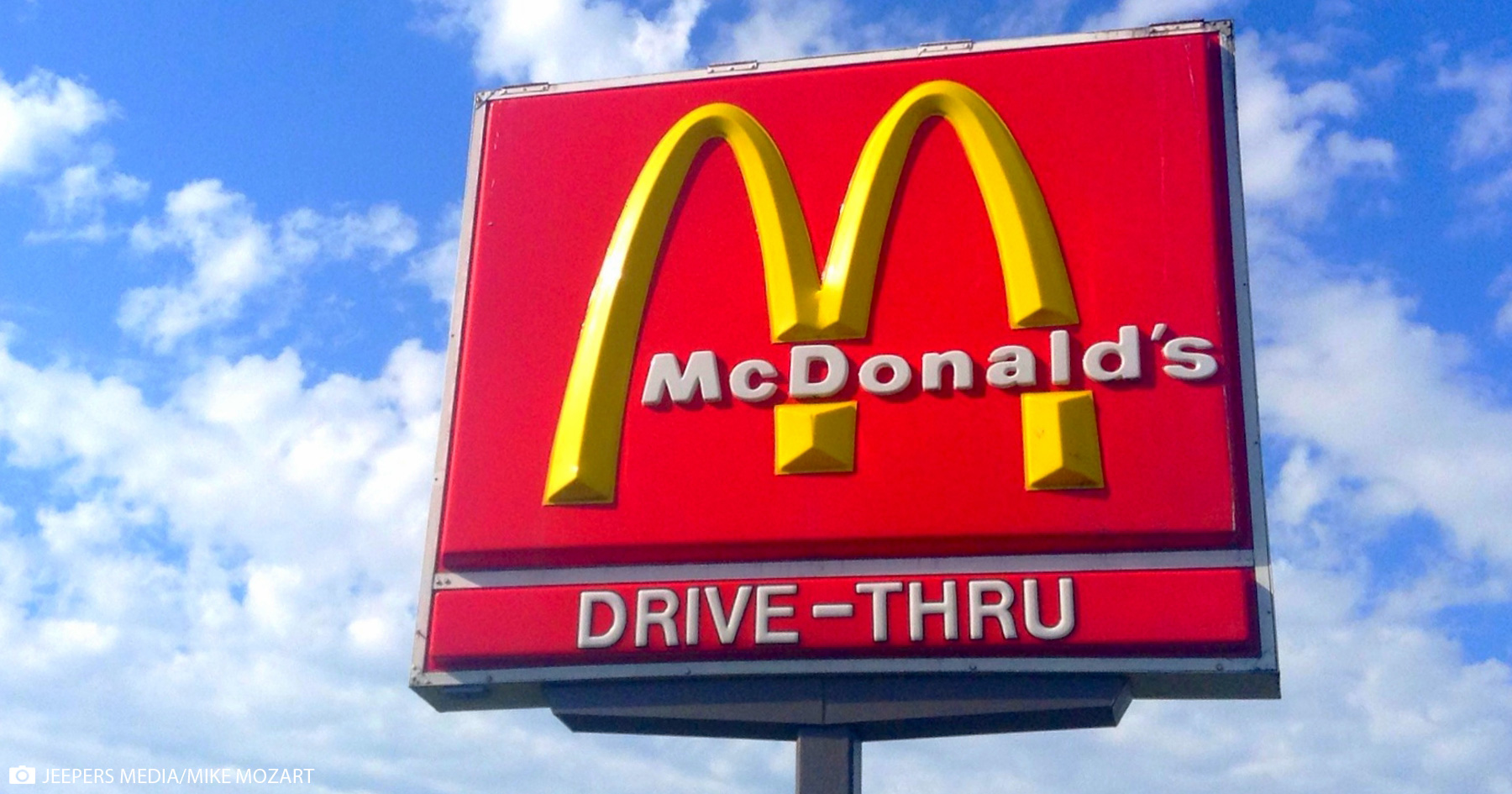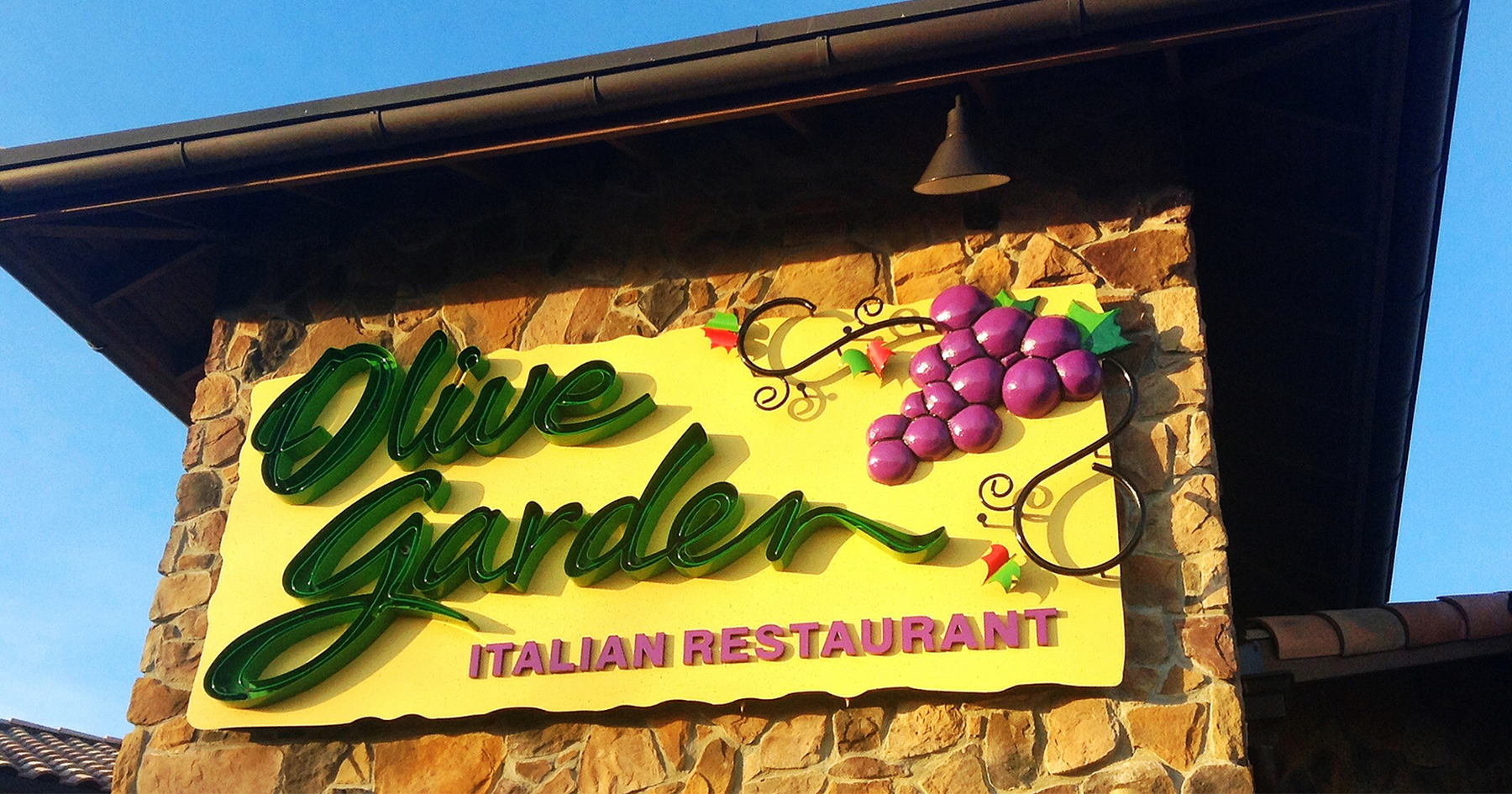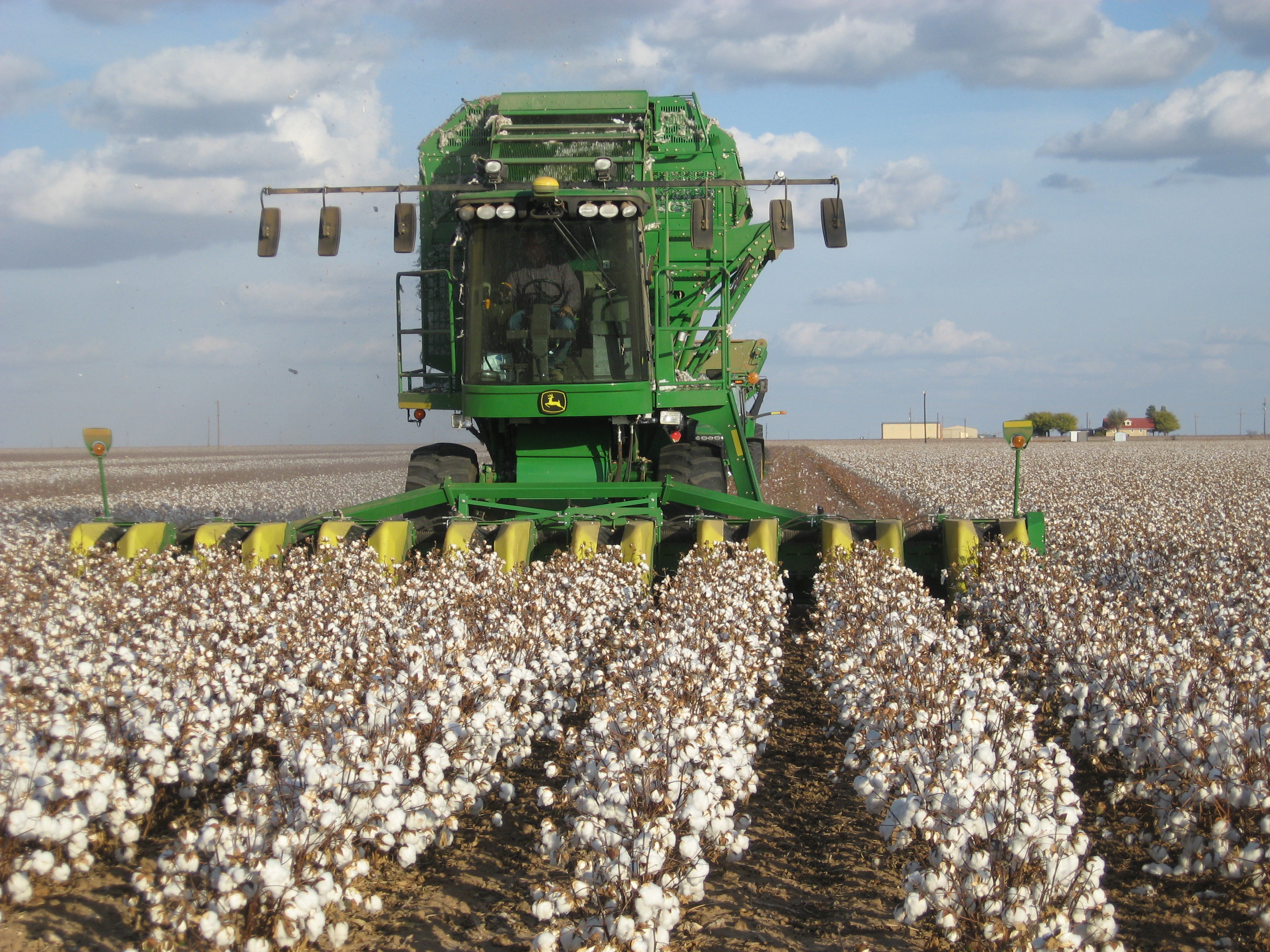Treating Corporate Welfare Recipients Like Social Welfare Recipients

By:
The mayor of Lewiston, Maine, has been at the center of controversy for proposing that the names of all welfare recipients should be published on the town's website. Late last week, Mayor Robert McDonald published an op-ed in the local Twin City Times, arguing that if taxpayers have a right to know the salaries of public employees, they also have a right to know who is taking welfare money.
But if the government is supposed to publish the names of everyone on public aid, shouldn't they also have to publish the names of companies receiving corporate welfare?
If they did, here are five corporations that would be on the list:
1. McDonald's
 Jeepers Media/Mike Mozart - flic.kr
Jeepers Media/Mike Mozart - flic.kr
Almost everyone knows the extent to which McDonald's employees are paid extremely low wages, and that's because the numbers are not pretty. Even after the company announced a raise for a small fraction of employees working at corporate-owned stores, the average worker pay is not more than $10 an hour.
How can McDonald's afford to pay employees so little? Because employees make ends meet with government aid programs, such as welfare, public housing, and food stamps. The result is that taxpayer aid is an integral part of McDonald's business model. In 2013, a report found that McDonald's employees received a whopping $1.2 billion in public aid each year between 2007 and 2011. Another report from that year estimated that the taxpayer bill for the entire fast-food industry comes out to $9 billion per year.
2. Olive Garden
 Flickr/jeepersmedia - flic.kr
Flickr/jeepersmedia - flic.kr
The list of restaurants taking advantage of public money is not limited to fast food. Chain restaurants such as Olive Garden also pay low wages. A report from the Restaurant Opportunities Center (ROC) concluded that more than $9.4 billion in taxpayer money goes to support full-service restaurant workers (e.g., servers, dishwashers, or cooks). That same report found that workers at Darden Restaurants, which owns Olive Garden as well as other restaurant chains such as Seasons 52, The Capitol Grille, and Yard House, were forced to take $339,772,942 in public assistance just to get by.
3. The NFL
Few enterprises are more dependent on government subsidies than professional sports leagues, and the NFL is one of the leaders in relying on taxpayer dollars. Since 1997, NFL franchises have received $4.7 billion in taxpayer aid to help build 20 stadiums, according to a Bloomberg report on a study from a sports advisory firm. As the piece points out, this trend is not slowing. Both Minnesota and Atlanta are awaiting construction on new stadiums that will cost local taxpayers a combined $700 million.
It's not just football. Both Major League Baseball and the NBA have benefited immensely from publicly financed stadiums. The NBA's Milwaukee Bucks just received $250 million in aid for a new stadium.
4. Chevron (and other Big Oil companies)
 Wikimedia Commons - wikimedia.org
Wikimedia Commons - wikimedia.org
The U.S. provided $4.8 billion in aid to fossil fuel companies in 2013, according to a report from Mother Jones, and Chevron received $700 million, the most of any company. (ExxonMobil and ConocoPhillips were closely behind at $600 million each.)
So how do these companies receive their subsidies? There is a series of antiquated tax breaks and deductions that help oil companies pad their revenues. For instance, oil companies are allowed to expense 70 percent of drilling costs and save money with the help of favorable depreciation rules. Mother Jones reported that the annual cost of just that loophole amounts to as much as $700 million to $3.5 billion every year.
Many of these favorable laws were initially enacted as far back as the 1920s, when fossil fuel drilling was a far riskier proposition and long before we knew the consequences of carbon-driven climate change. Today, Big Oil continues to benefit from the legacy of this bygone era.
5. Agricultural companies
 Kimberly Vardeman / Wikimedia Commons - wikimedia.org
Kimberly Vardeman / Wikimedia Commons - wikimedia.org
Taxpayers shell out $20 billion a year in subsidies to farmers, the Economist reported in May. Why is the bill so high? For example, as mentioned in the Economist report, the federal government paid $3 million in subsidies between 2007 and 2011 to farmers who did not grow any crops. And, even worse, $10.6 million was paid to farmers who had been dead for more than a year.
So why do we handout so much money to farmers? The logic is that the U.S. needs to produce its own food as a matter of national security. The subsidies help support our agricultural industry. The problem, according to opponents, is that these subsidies are far too generous and have produced a system where farm-owning companies attempt to game taxes in order to extract the largest possible subsidy.
